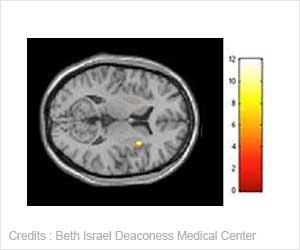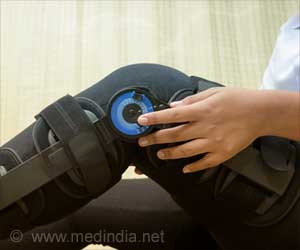Virologists at the University of Southern California have developed a new way to tag and track individual viruses that are too small to be viewed with light microscopes.
A new way to tag and track individual viruses that are too small to be viewed with light microscopes has been developed by virologists at the University of Southern California.
Project leader Pin Wang the ability to track individual viruses can help work out exactly what a virus is doing, something that has been quite difficult to date."That is a powerful tool for investigating viral infection routes," New Scientist magazine quoted him as saying.
The researcher has revealed that a kind of nanoscale crystal called quantum dots can be used to track a variety of viruses.
Wang says that the small size of viruses makes them subject to quantum effects that make them shine very brightly for hours after being hit with laser light.
Together, those properties are perfect for tagging tiny viruses, he adds.
His team has been successful in labelling HIV-1 viruses by attaching them to molecules of biotin (vitamin B7), which in turn connects to a protein coated onto the quantum dots.
The researchers found that the viruses labelled with quantum dots infected cells as readily as unlabelled viruses.
"We believe that many kinds of enveloped viruses could be labelled by our method," he said.
As to how their method can be more effective than the use of dye molecules to label viruses that are quickly bleached by the powerful light of microscopes, the researchers say that quantum dots retain their brightness for several hours.
"Some studies show that quantum dot-labelled proteins could be detected in living cells even after 48 hours," Wang said.
Impressed by the study, Maxime Dahan at the Ecole Normale Supérieure in Paris said: "It unquestionably represents a significant result in terms of using quantum dots as virus markers. It holds great promise to unravel the infection pathway in a detailed manner."
The study has been published in the journal ACS Nano.
Source-ANI
RAS/L
 MEDINDIA
MEDINDIA




 Email
Email




